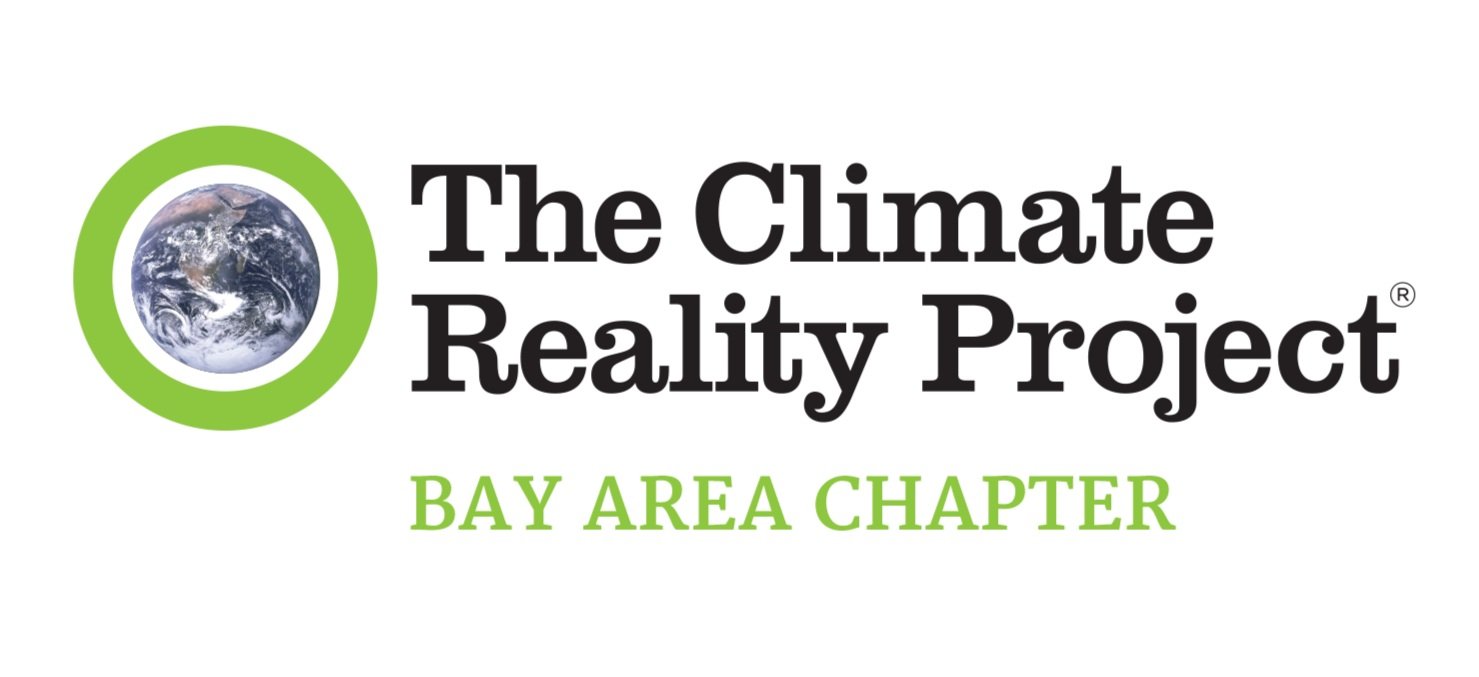WATER WISE INCENTIVES
An age-old adage by Benjamin Franklin, “When the well is dry, they know the worth of water,” from the 1746 edition of Poor Richard’s Almanack is no less relevant during today’s climate woes. It’s an overt reminder of how precious water is and the importance of preserving what limited resources remain.
The San Francisco Bay Area’s current water supply emergency took only three years of severe drought, exacerbated by the effects of climate change, to reach the current extreme – which scientists say is the driest period this region has endured in 1200 years. The Bay Area’s latest heatwave this September, breaking several all-time records, is a glaring reminder of worsening conditions, raising legitimate concerns over further water evaporation, and decreasing water supplies. With the hot month of October still ahead, we can only hope relief in the form of rain returns to the Bay Area as it did last year.
It’s important to recognize which portion of most households use the most water. Generally speaking, thirty to sixty percent of domestic drinking water is used for irrigation – to water yards and gardens. A somewhat surprising statistic, yet this fact helps put water consumption in perspective, prompting further examination of what additional conservation measures can be taken.
While most Bay Area residents are well-aware of the state enforced mandate on irrigation, it’s not entirely uncommon to come across individuals who disregard restrictions that became effective January 2022. Under California law irrigation restrictions:
Bans the use of decorative water fountains
Requires automatic shutoff nozzles on water hoses
Bans cleaning sidewalks and driveways with a hose
Requires shutting off irrigation systems during storms
Further statewide restrictions imposed in June 2022, ban decorative or non-functional grass at commercial, industrial, and institutional properties. A similar ban was imposed by the city of Las Vegas in June 2021 on all non-functional grass to drastically reduce local water use. The decision was the first of its kind in the country.
The most immediate, short-term solution to water shortage is conservation. Among the countless online sources offering practical every-day water conservation ideas, some lesser-known conservation suggestions sometimes get buried within the repetition. For convenience, a collection of some of those
Here are some more ways to conserve water:
Avoid using water to defrost frozen food. Thaw in the refrigerator overnight
Wash produce in a basin or use a vegetable brush
Use a dishpan for washing and rinsing dishes
Avoid pouring fresh tap and graywater down the drain. Reuse pasta cooking liquid for irrigation
When buying a dishwasher, select one with a "light-wash" option
Shower with a bucket to collect graywater for irrigation
Repair leaky toilets. Add 12 drops of food coloring into the tank. If color appears in the bowl an hour later, your toilet is leaking
Use a commercial car wash that recycles water
Install rain barrels or cistern catchment systems for irrigation. Use a screened container to prevent mosquito larvae growth
Water your plants only once a week; trees and shrubs have deep roots and require less watering
Water plants during the coolest part of the day (mornings); do not water on windy days
Use 3-4 inches of sustainable mulch around shrubs and plants to reduce soil evaporation
Replace your lawn with sustainable options or reduce the size of your lawn
Increase your lawn mower cutting height (set mower blades to 2-3 inches)
Longer grass shades the soil, improving moisture retention, allowing it to grow thicker and develop deeper roots
This helps grass survive drought, tolerate insect damage, and fend off disease
Minimize or eliminate fertilizing which promotes new growth and requires additional watering
If you have a swimming pool, consider a new water-saving pool filter
Lower pool water level to reduce amount of water splashed out
Use a pool cover to reduce evaporation when pool is not being used
To help motivate residents around the Bay Area, all nine counties are offering water conservation incentives including rebates, free offers, and money saving tips. From energy efficient appliances to rain collection barrels, water conservation information and savings is available in your area:
The San Francisco Bay Area has long been identified as a proponent of change. As a community this identity compels us to seek resolution despite obstacles. Over the summer months, Bay Area residents demonstrated their water conservation commitments wholeheartedly. In June 2022, the region collectively reduced its water consumption by 12.6% over last year, leading state efforts. The measurable impact of local conservation is proven data that the actions of every household and every individual does make a difference. Thank you Bay Area. Let the progress continue.
Tune in to Climate Reality Bay Area’s new monthly podcast Everyday Climate Champions, where our first episode, Adapting to Droughts During the Climate Crisis, features guest Stephanie Morris, a Landscape Designer with the City of San Jose’s Climate Smart initiative. Morris discusses mindful water usage and the benefits of native plant gardens, underscoring the popularity in utilizing landscape rebates through San Jose’s Valley Water.
Contributed by Mina Rios
